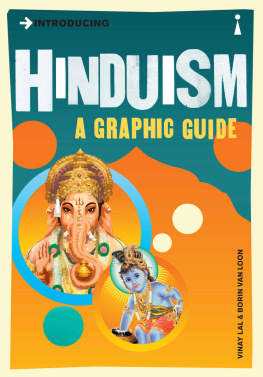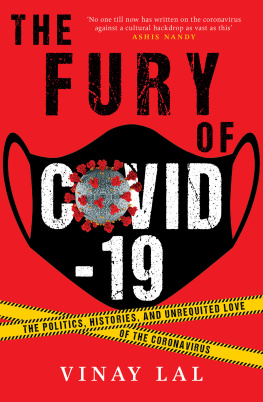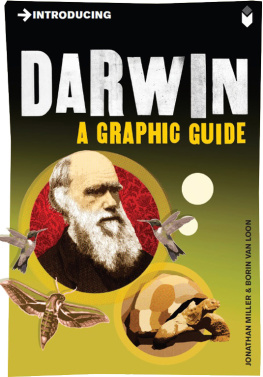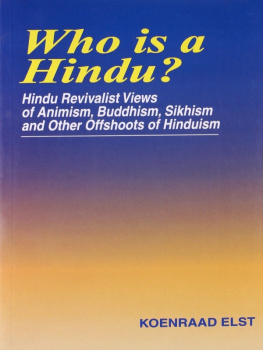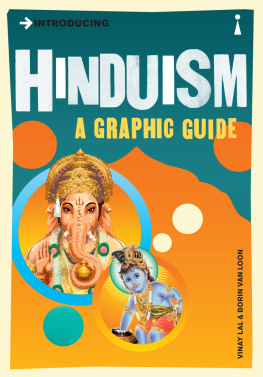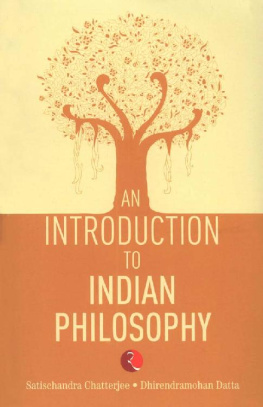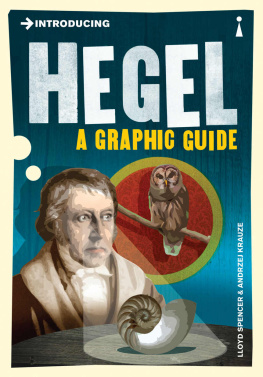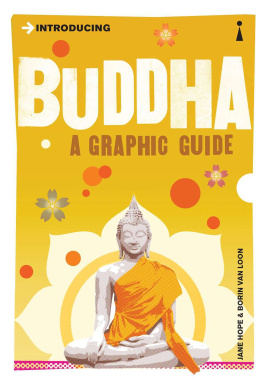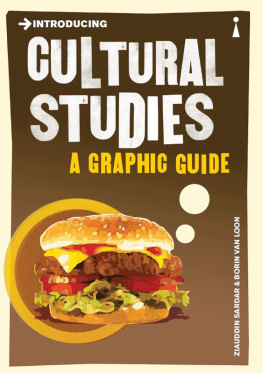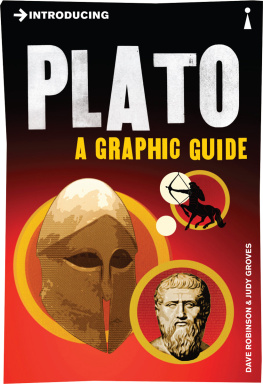Vinay Lal - Introducing Hinduism: A Graphic Guide (Introducing...)
Here you can read online Vinay Lal - Introducing Hinduism: A Graphic Guide (Introducing...) full text of the book (entire story) in english for free. Download pdf and epub, get meaning, cover and reviews about this ebook. year: 2014, publisher: Icon Books Ltd, genre: Religion. Description of the work, (preface) as well as reviews are available. Best literature library LitArk.com created for fans of good reading and offers a wide selection of genres:
Romance novel
Science fiction
Adventure
Detective
Science
History
Home and family
Prose
Art
Politics
Computer
Non-fiction
Religion
Business
Children
Humor
Choose a favorite category and find really read worthwhile books. Enjoy immersion in the world of imagination, feel the emotions of the characters or learn something new for yourself, make an fascinating discovery.
- Book:Introducing Hinduism: A Graphic Guide (Introducing...)
- Author:
- Publisher:Icon Books Ltd
- Genre:
- Year:2014
- Rating:4 / 5
- Favourites:Add to favourites
- Your mark:
Introducing Hinduism: A Graphic Guide (Introducing...): summary, description and annotation
We offer to read an annotation, description, summary or preface (depends on what the author of the book "Introducing Hinduism: A Graphic Guide (Introducing...)" wrote himself). If you haven't found the necessary information about the book — write in the comments, we will try to find it.
Introducing Hinduism offers a guide to the key philosophical, literary, mythological and cultural traditions of this extraordinarily diverse faith. It untangles the complexities of Hinduisms gods and goddesses, its caste system and its views on sex, everyday life and asceticism. This work answers questions including: Why do Hindus revere the cow? Must Hindus be vegetarian? And much more...
**
About the AuthorVinay Lal teaches at UCLA. He writes widely on Indian history, contemporary politics, Bollywood and the Indian diaspora. Recent books include The History of History: Politics and Scholarship in Modern India (Oxford University Press, 2003). Borin Van Loon has worked on numerous Introducing titles. He is a freelance illustrator, surrealist painter and collagist who produces the comic strip The Severed Head for The Chap magazine
Vinay Lal: author's other books
Who wrote Introducing Hinduism: A Graphic Guide (Introducing...)? Find out the surname, the name of the author of the book and a list of all author's works by series.

